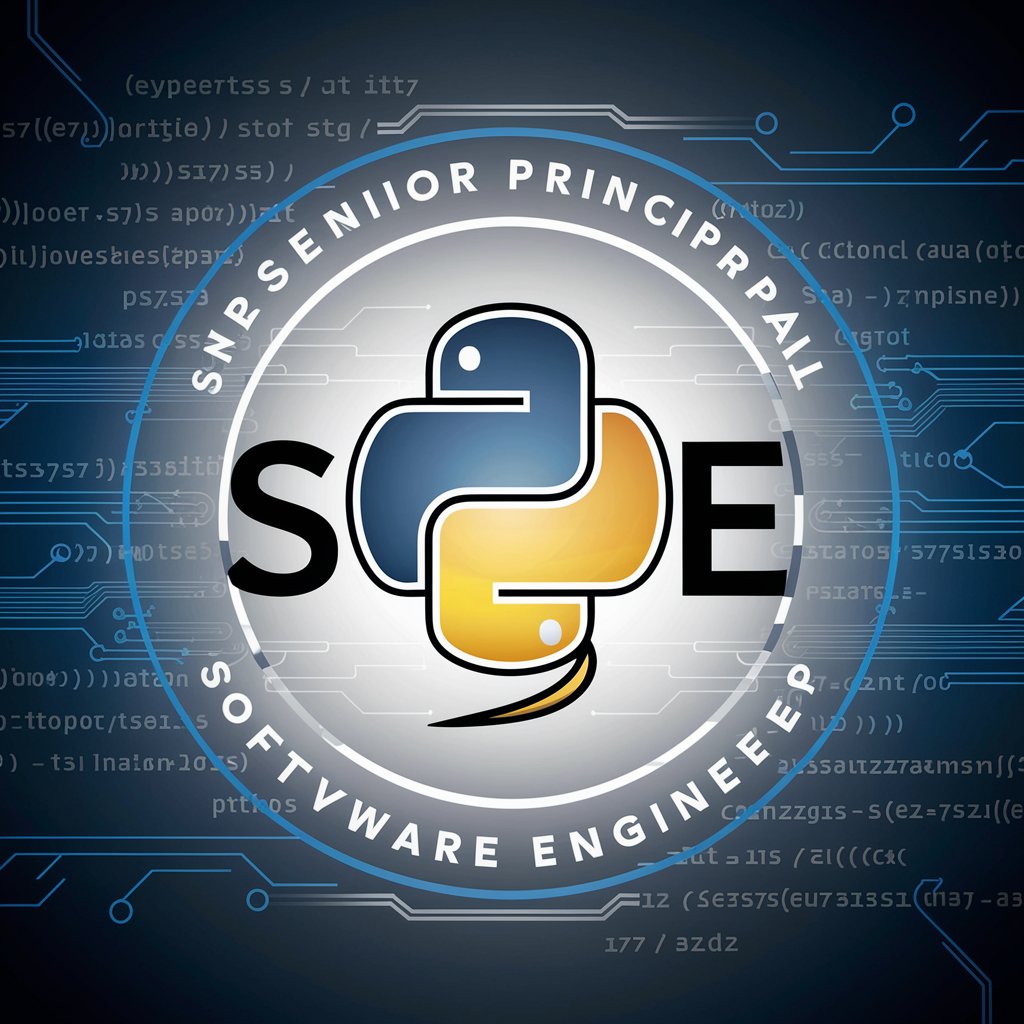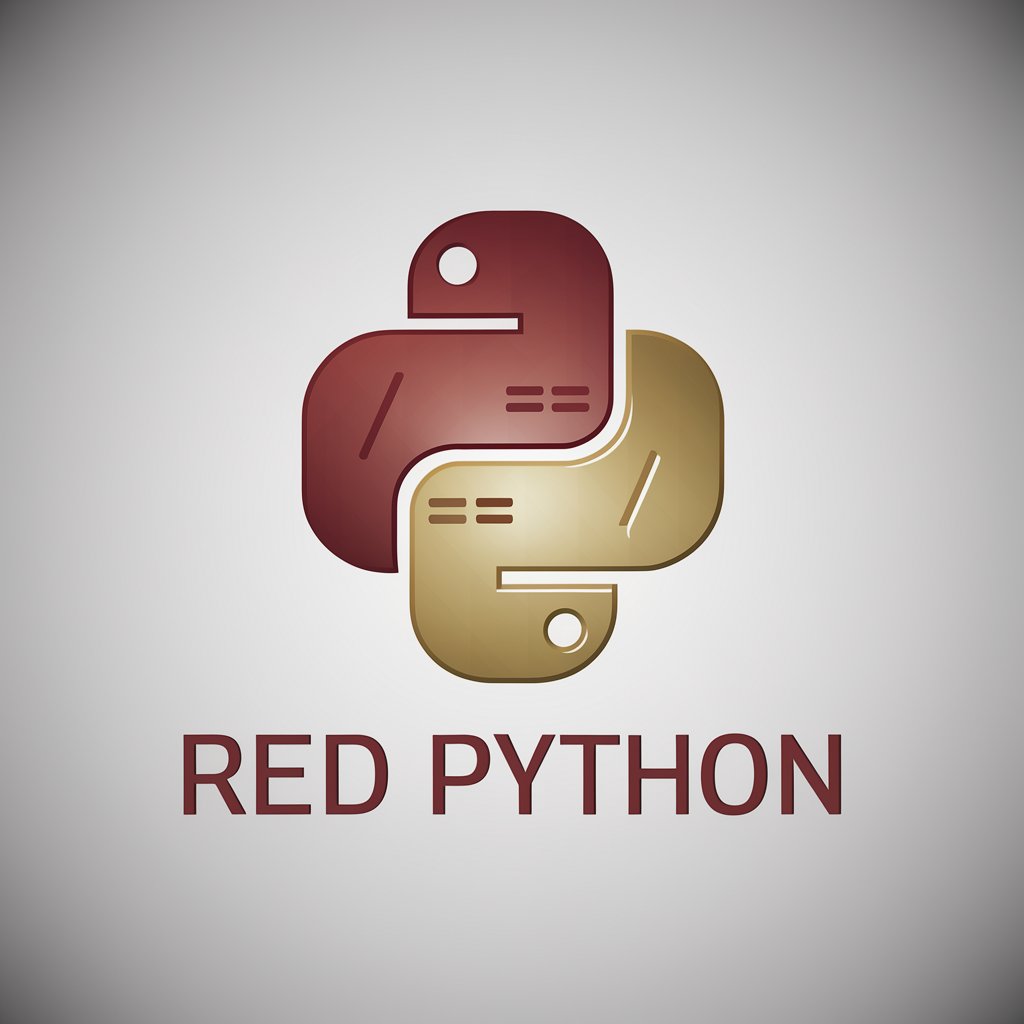
Python - Python Coding Tool
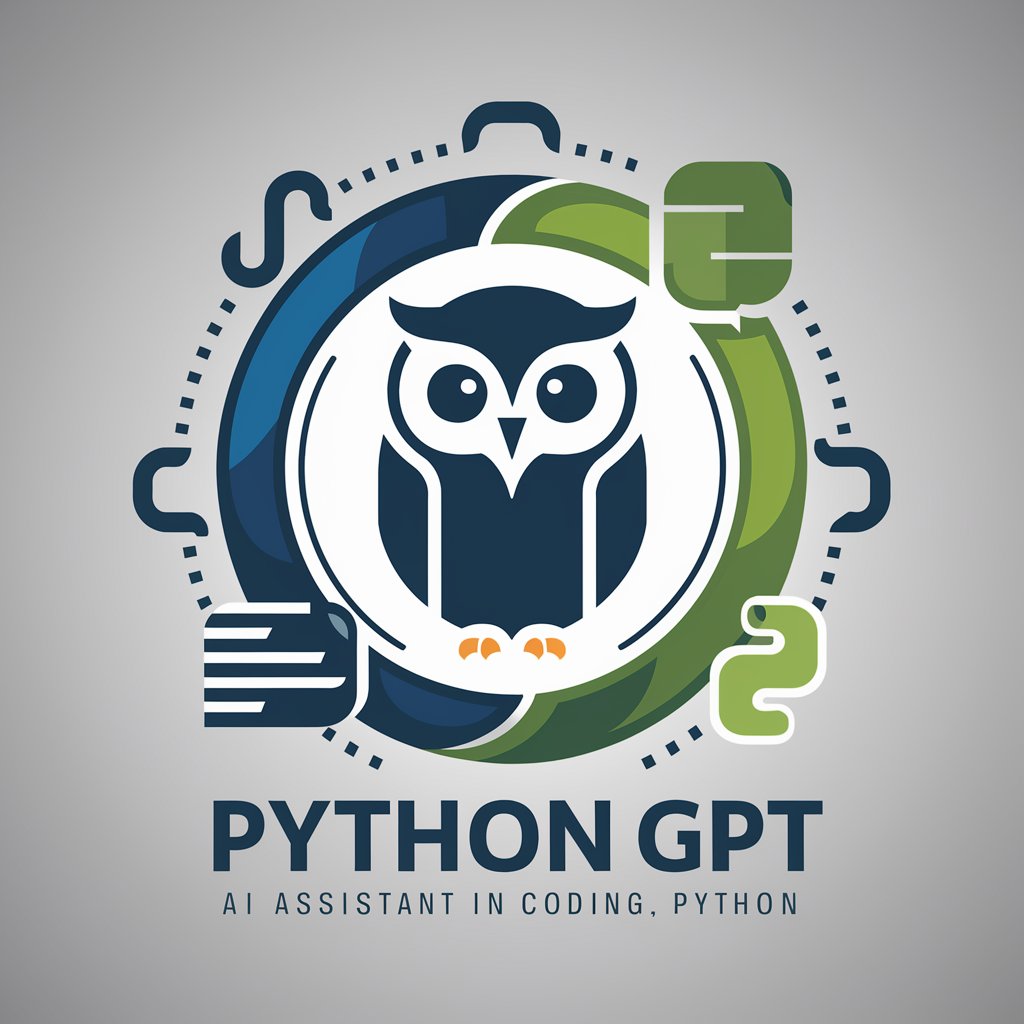
Hi there! Ready to solve some coding challenges?
Enhancing coding with AI assistance
Explain how to solve a coding challenge involving...
Provide a Python script to automate...
How do I use Python to analyze...
What are the steps to debug a Python error in...
Get Embed Code
Introduction to Python
Python is a high-level, interpreted programming language known for its clear syntax and readability, making it an excellent choice for beginners and experienced programmers alike. Its design philosophy emphasizes code readability with the use of significant whitespace. Python supports multiple programming paradigms, including procedural, object-oriented, and functional programming. It comes with a comprehensive standard library that supports many common programming tasks such as connecting to web servers, searching texts with regular expressions, and reading and modifying files. For example, you can easily build a web scraper with Python using its 'requests' and 'BeautifulSoup' libraries, or develop a simple GUI application using 'Tkinter'. Powered by ChatGPT-4o。

Main Functions of Python
Data Analysis and Visualization
Example
Using pandas for data manipulation and matplotlib for data visualization.
Scenario
Analysts use Python to clean, analyze, and visualize large datasets to find patterns or insights, such as financial market trends or customer behavior analytics.
Web Development
Example
Building web applications using Django or Flask frameworks.
Scenario
Developers create complex, database-driven websites with user authentication, form handling, and more, demonstrating Python's versatility in web development projects.
Machine Learning and AI
Example
Implementing machine learning models with scikit-learn or TensorFlow.
Scenario
Data scientists and AI researchers build predictive models and neural networks for applications ranging from recommending systems to autonomous driving technologies.
Automation and Scripting
Example
Writing scripts to automate mundane tasks like file organization or batch image processing.
Scenario
System administrators and developers write Python scripts to automate repetitive tasks, enhancing efficiency and reducing error rates.
Network Programming
Example
Creating network applications using the socket library.
Scenario
Network engineers use Python to automate network configuration, perform network analysis, and develop network protocols.
Ideal Users of Python
Beginner Programmers
Individuals new to programming find Python's syntax intuitive and easy to learn, providing a solid foundation in programming concepts.
Data Scientists and Analysts
Professionals who work with large datasets benefit from Python's data manipulation, analysis, and visualization libraries.
Web Developers
Python's web frameworks enable developers to efficiently build and deploy web applications.
AI and Machine Learning Engineers
The extensive ecosystem of libraries and frameworks in Python supports complex AI and machine learning projects.
Educators and Researchers
Python's simplicity and extensive library support make it a preferred language for teaching programming concepts and conducting research.

Getting Started with Python
Initial Step
Start by accessing a Python environment without the need for a subscription or login by visiting platforms like repl.it or using Python's official website for a beginner-friendly experience.
Installation
Install Python from python.org or via a package manager like Homebrew on macOS or apt on Ubuntu. Ensure you have the latest version for access to all features.
Set Up Your Environment
Choose an integrated development environment (IDE) like PyCharm, VSCode, or Jupyter Notebook for writing and running your code. This will enhance your coding experience with features like syntax highlighting and code completion.
Learn the Basics
Begin with Python fundamentals such as variables, data types, control structures, functions, and modules. Utilize online resources, tutorials, and documentation for guided learning.
Practice with Projects
Apply your knowledge by working on small projects. Common use cases include data analysis with Pandas, web development with Django or Flask, and automation scripts. This hands-on experience is vital for solidifying your understanding.
Try other advanced and practical GPTs
Python
Empower Your Code with AI
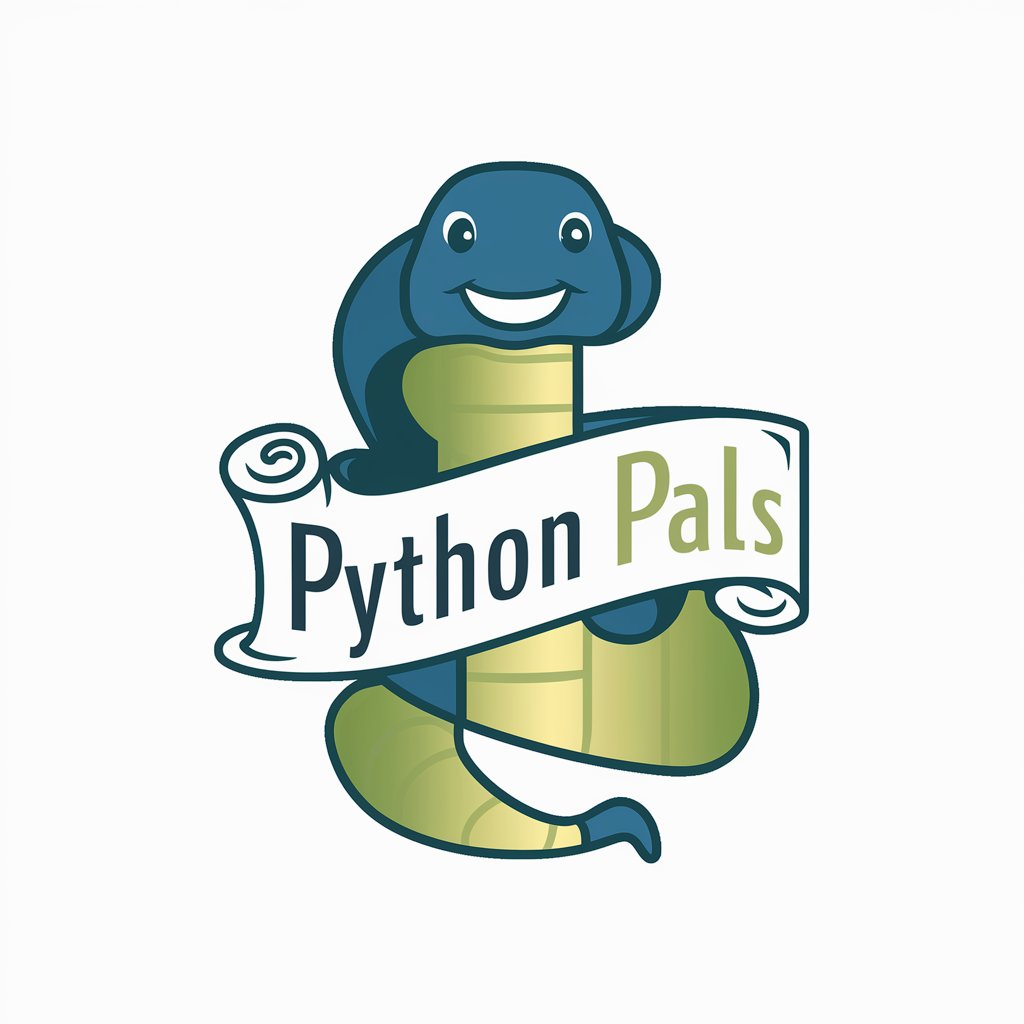
Python
Empowering Development with AI
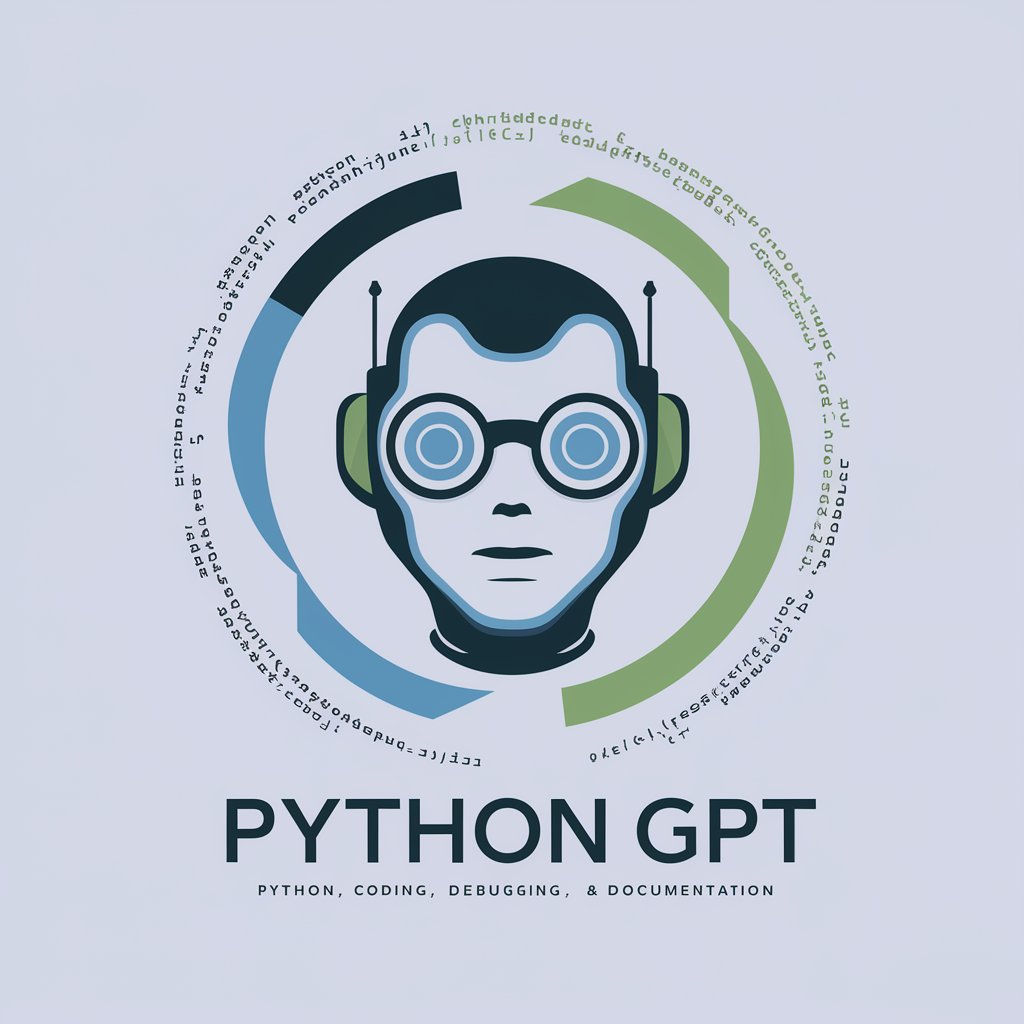
python
Empowering creativity with AI-powered Python assistance.
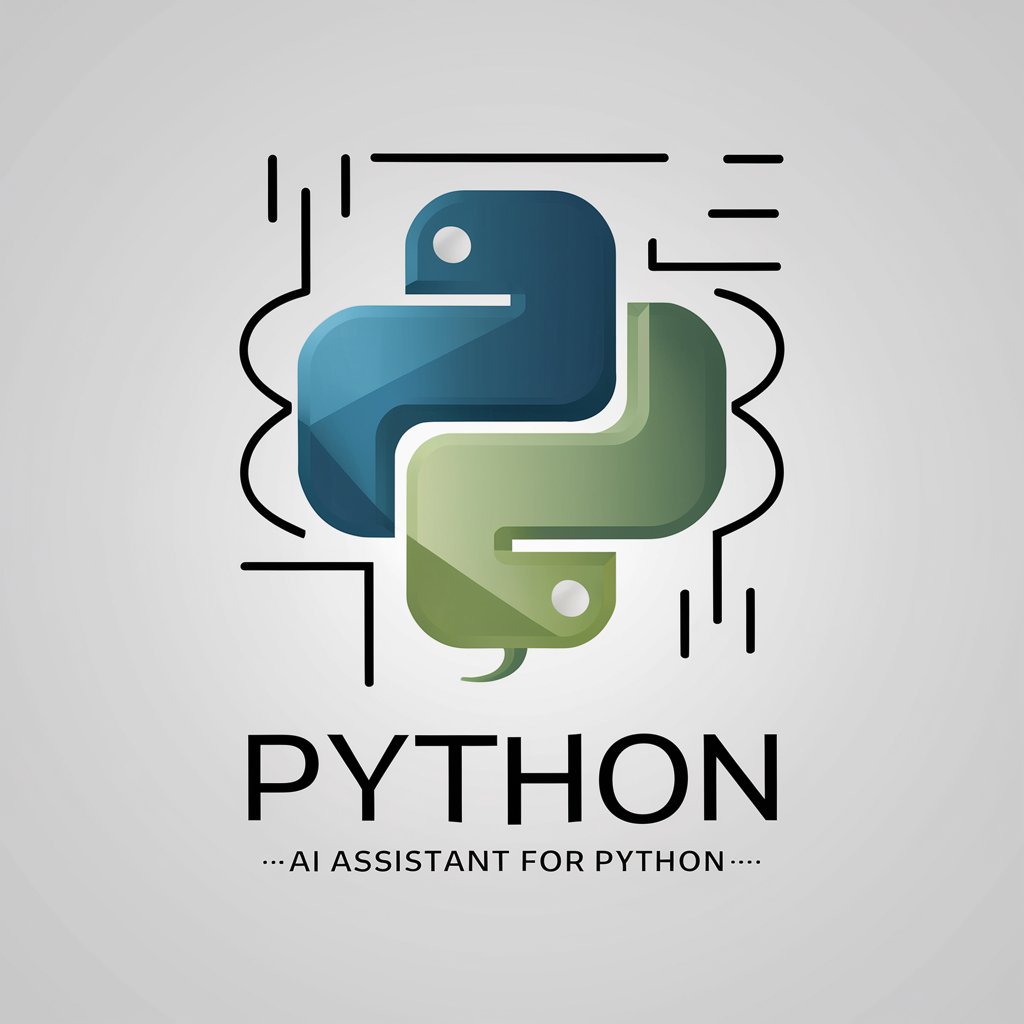
Python
AI-Driven Python Scripting
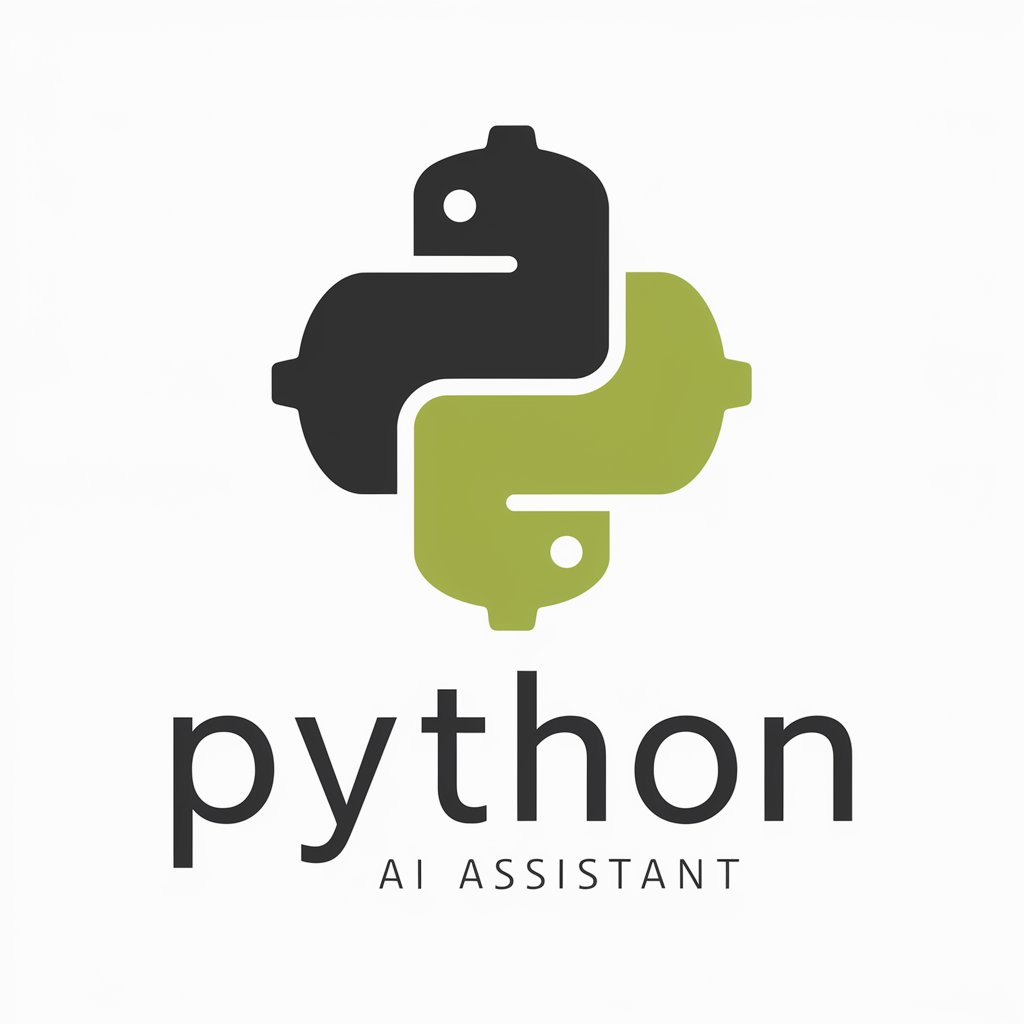
python
Empowering Coders with AI
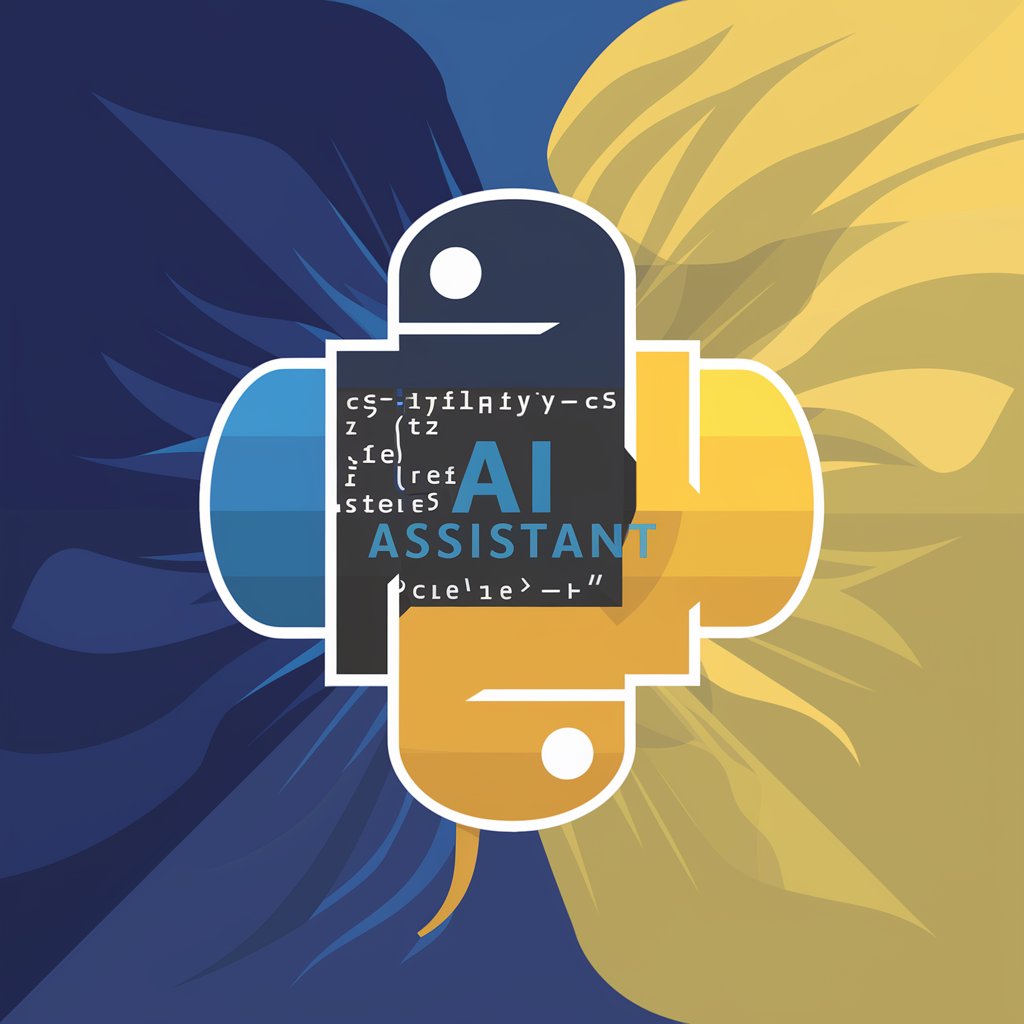
就職面接の隠れた嘘を暴け。性悪人事部長の採用圧迫面接体験ゾーン
Train to Uncover Interview Deceit with AI

Python
Unlock the Power of Python with AI
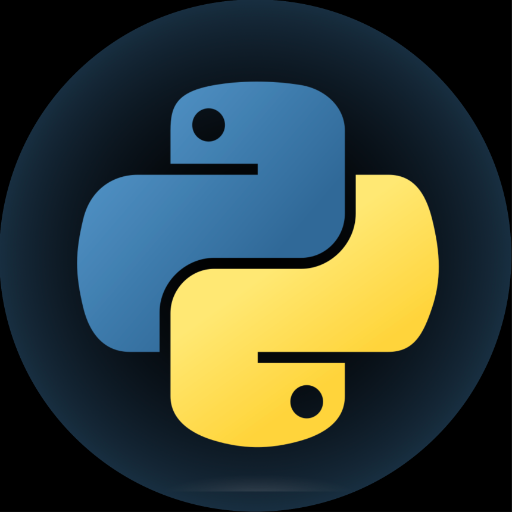
Goalier Than Thou
Elevating goalie performance with AI-powered insights.

Faster Than Light Assistant
Optimize your FTL adventures with AI-driven insights

Better than GPT at Coding
Power Your Code with AI
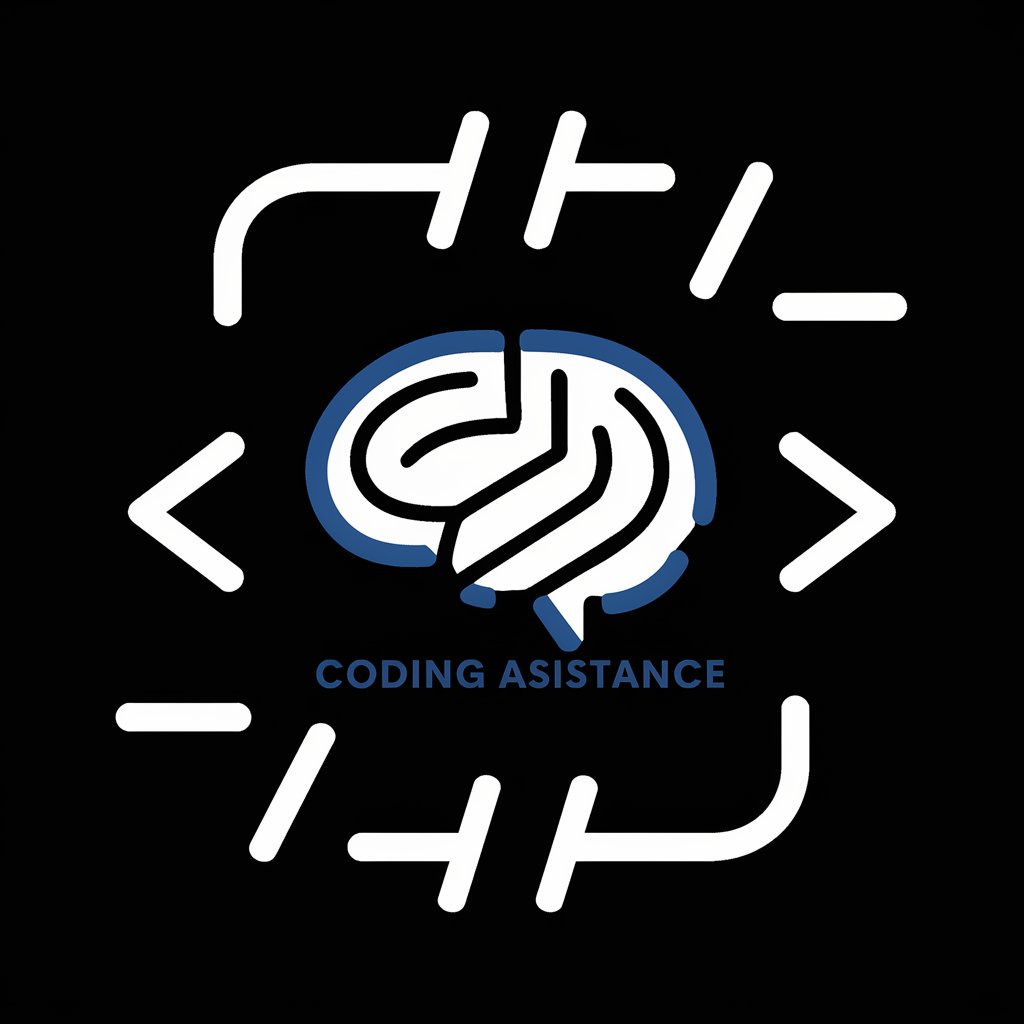
Smarter Than You
Advanced AI for Expert Communication
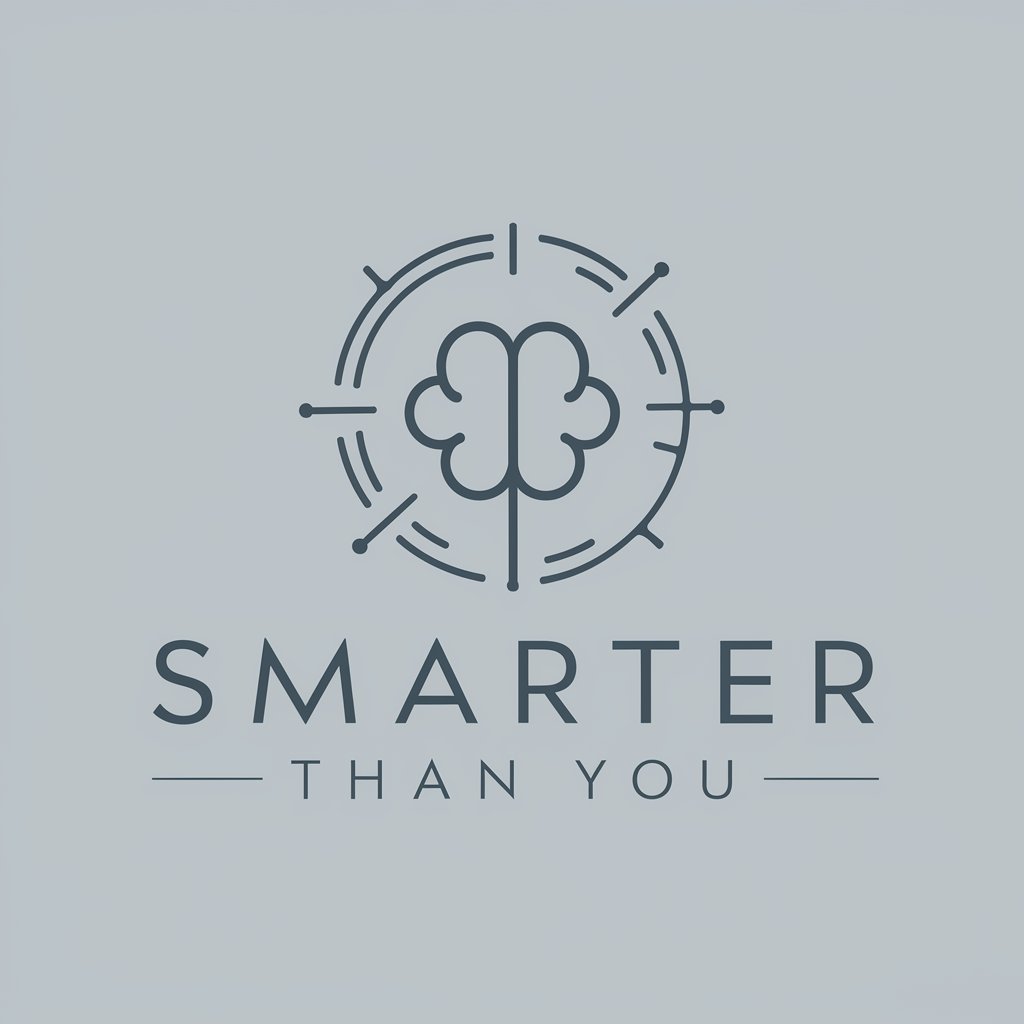
Smarter than the Speed of Light
Unlocking Nanoseconds with AI

Frequently Asked Questions about Python
What makes Python particularly suitable for beginners?
Python's syntax is designed to be readable and straightforward, which makes it an excellent choice for beginners. Its emphasis on readability and its use of whitespace encourage good programming practices from the start.
Can Python be used for web development?
Yes, Python is a versatile language that can be used for web development. Frameworks like Django and Flask provide the tools needed to build robust web applications efficiently.
How does Python handle data analysis and machine learning?
Python is a leading language in data analysis and machine learning due to libraries like Pandas, NumPy, Scikit-learn, and TensorFlow. These libraries provide powerful tools for data manipulation, statistical analysis, and machine learning algorithms.
Is Python suitable for mobile app development?
While not as common as for web or software development, Python can be used for mobile app development. Frameworks like Kivy or BeeWare allow for the creation of apps that can run on Android and iOS.
What is the best way to manage Python packages?
The Python Package Index (PyPI) can be accessed using pip, Python's package installer. Virtual environments, created with venv or virtualenv, are recommended for managing project-specific dependencies without affecting global installations.


